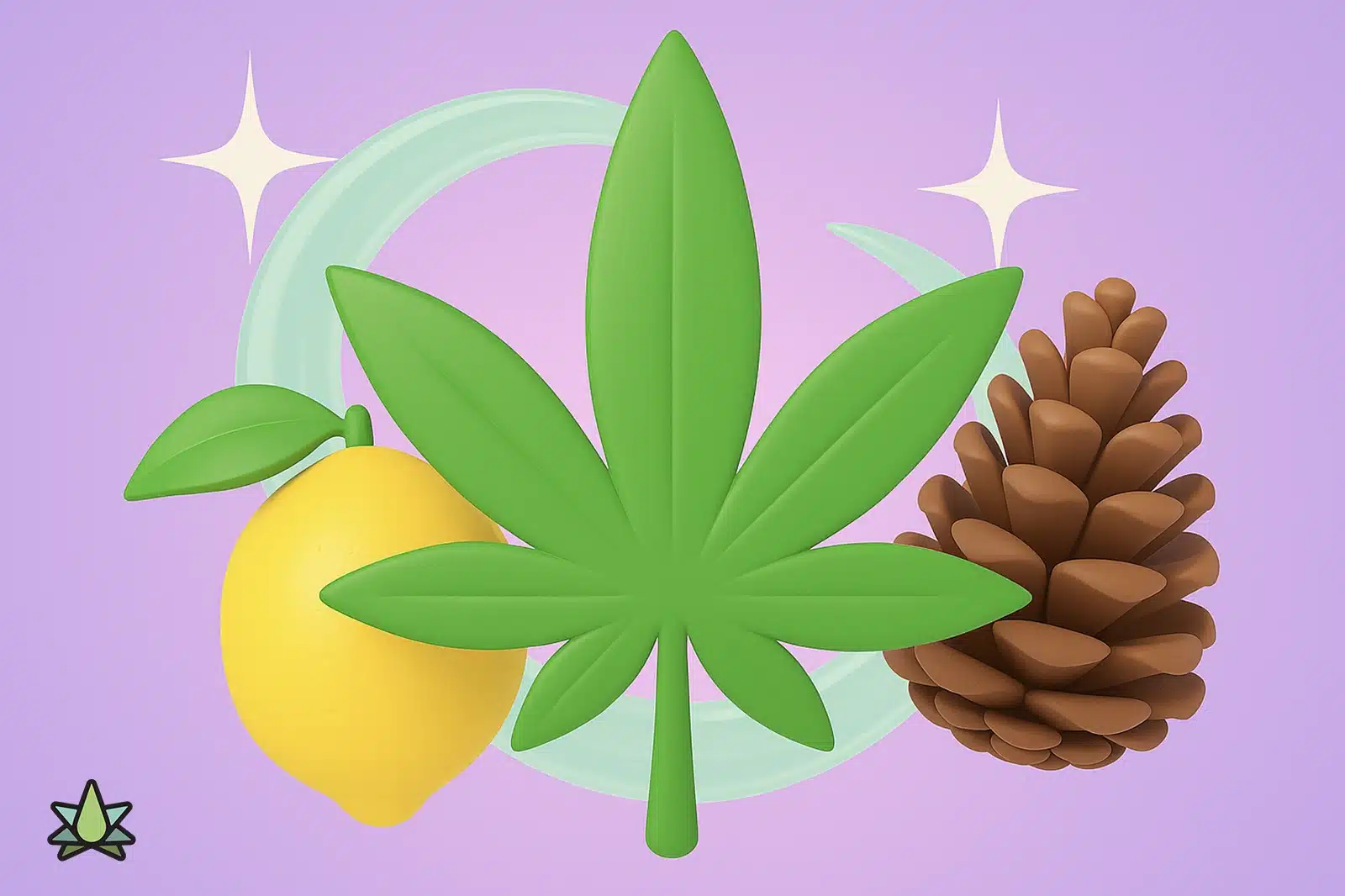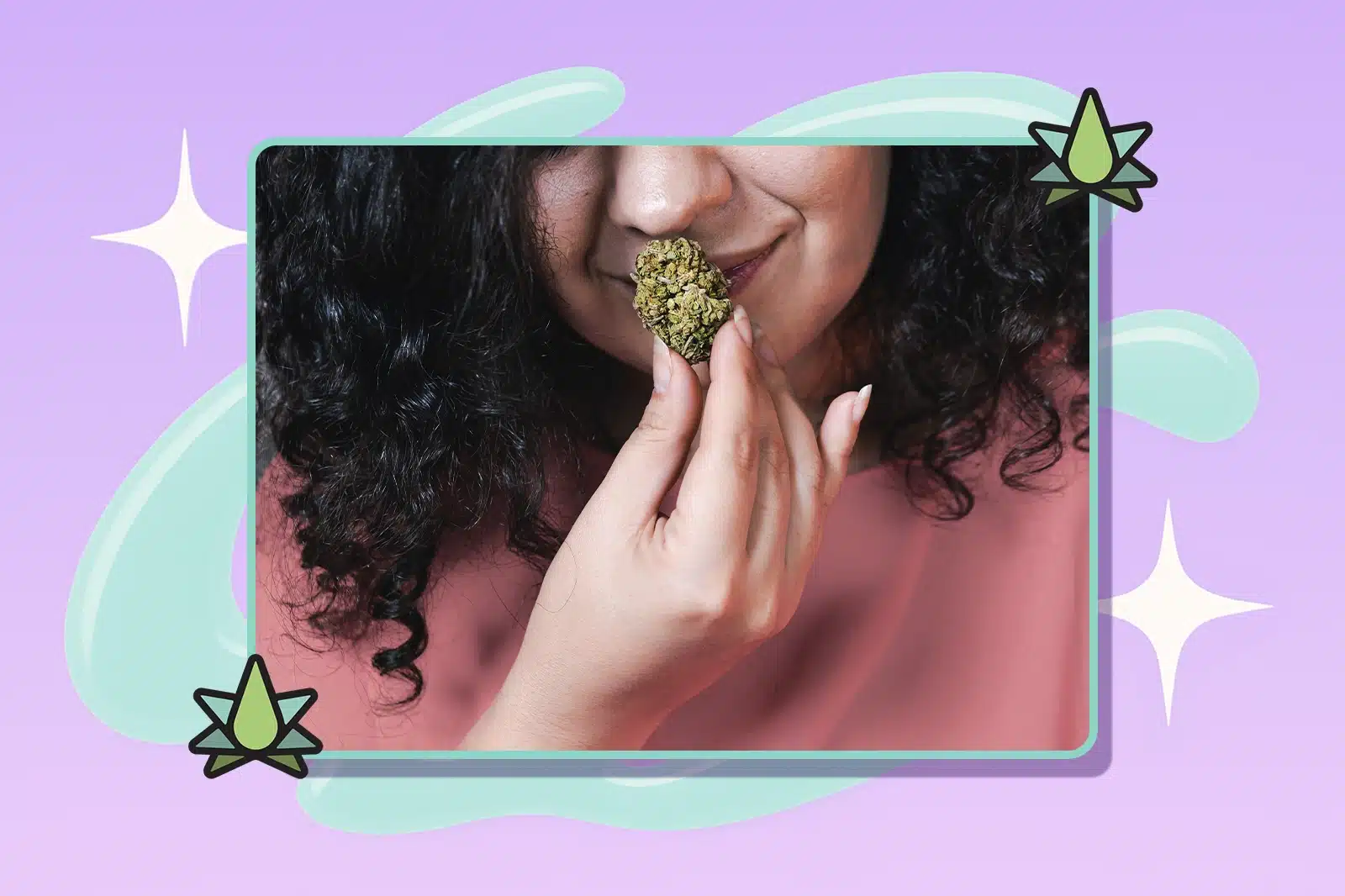Although the proposed legislation won’t have a real effect on the cannabis industry in the short term, it will help lawmakers to have the tools to create a regulatory system to legalize cannabis nationwide. It’s a milestone nonetheless.
So, as we commemorate 4/20 today, let’s reflect on the long and winding road that has led us to now.
A Booming Cash Crop in Colonial Times
One of the oldest plants to be cultivated, cannabis, used to be a commonly traded plant in the global market just like tobacco. By the 16th century, cannabis spread from its South Asia homeland to West Africa. From there it spread to Brazil, and then to the Americas.
Though European colonists looked at cannabis use with disdain, cannabis became a cash crop under colonial regimes. With its fibers, oils, and seeds, it was unanimously understood that cannabis cultivation meant big money and growth. In fact, by 1611, all thirteen colonies were required to grow it! Considered more valuable than money, it was even used to pay taxes.
Fast forward to the 1800s — an Irish doctor, Dr. William O’Shaughnessy, brought medicinal cannabis from India to the mainstream through his publications. This caught the attention of Western medical practitioners, leading to over 100 studies conducted on cannabis in the last half of the century.
Setting the Stage for Prohibition: Racism, Greed and Misconceptions
You probably already have some notion that prohibition in the United States was about racism and greed more than it was about the “dangers” of smoking cannabis.
Here’s the backstory: After the Mexican Revolution in the early 1900s, many Mexican citizens immigrated to the United States. Because cannabis was normalized in Mexican culture, seeing Mexican immigrants cultivating and using cannabis was common. Displeased with the immigration taking place, US politicians began to negatively associate cannabis with the Mexican immigrants.
Over the next 20 years, racial and drug stigmas escalated. This prompted over 28 states to ban cannabis possession and use. California was one of the first states to do so, amending its Poison Act to include cannabis in 1913. (The Poison Act was an initiative set up in the early 1900s to criminalize the use and possession of opiates and other hard drugs.)
Is It Cannabis? No, It’s “Marijuana.” And It’s the Devil.
By the mid 1930s, sensationalized media (“yellow journalism”) went mainstream.
The goal? To get everyone afraid of cannabis by correlating it with violence and trauma. People were constantly exposed to propaganda intended to demonize cannabis and create prejudice against people of color.
Harry Anslinger, a government official from the previous alcohol prohibition initiatives, renamed the substance “Marijuana” to the US population rather than the botanical name cannabis in 1937. This would connect it to anti-immigrant campaigns against Mexico. (Before Anslinger’s time, the word Marijuana, or ‘marihuana’ was a Mexican-Spanish word for the drug preparation of cannabis and to separate it from the non-psychoactive variety known as hemp.)
Anslinger claimed that Marijuana is the most violence-causing drug in the history of mankind.
Federal Intervention Kicks In: The Tax Act & The Boggs Act
Anslinger was appointed as the first commissioner of the Federal Bureau of Narcotics, which was created to enforce restrictions on drug possession and use. Even with this created and multiple states banning cannabis possession, there was no true national cannabis ban because the federal government lacked the power to do so.
So, congress responded with the Tax Act. Drafted by Anslinger, the act imposed a heavy tax against anyone using the plant. Failure to comply meant a fine of up to $2,000 and up to five years in jail. This was the beginning of a sinister legal movement that would leave a lasting impact even after legalization took shape.
(To put this into perspective, since 1937, there have been roughly 23 million cannabis arrests, with 40,000 still incarcerated as of 2021.)
In 1951, penalties went up a notch when Hale Boggs, a Louisiana congressman, convinced congress to pass the Boggs Act. For the first time in US history, mandatory sentences for drug offenses were established. It was originally intended for hard drugs, however Anslinger testified and successfully added cannabis to the list of enforced substances.
In 1965, Timothy Leary, an American psychologist, was arrested for cannabis possession while crossing the border from Mexico to Texas. His lawyers argued the law violated his Fifth Amendment right that protected him against self-incrimination. They reasoned he had to tell federal authorities he possessed cannabis so they could tax it. But state laws made cannabis possession a crime. The US Supreme Court agreed with Leary, and in 1969 struck down the Marijuana Tax Act.
Within the next five years, President Nixon declared drug abuse as the United States’ “public enemy #1” beginning the War on Drugs movement in 1972.
Deepened Legal Woes: The Controlled Substances Act
Nixon responded to the end of the Tax Act by passing the Controlled Substances Act. This consists of five categories of drugs based on the following criteria: addictive potential, medical use, and known risks. Cannabis was placed under Schedule I: the highest level of restriction. This includes drugs considered dangerous, have no medical use, and have a high potential for abuse — right up there with heroin and cocaine.
Talk about a massive blow to the industrial hemp industry.
The act outlawed any plant under the classification of cannabis, making hemp also a Schedule I substance. THC was not yet fully identified as the active component in cannabis, so it was impossible to categorize hemp and cannabis varieties as different plants.
This drug scheduling also made it illegal to conduct research on hemp or any byproduct of the plant. Due to these harsh restrictions for hemp cultivation, other crops filled in the gaps for textile and paper goods when hemp could no longer be grown.
A Full Blown War on Drugs
At this point, the War on Drugs was in full effect. The federal government passed the Comprehensive Crime Control Act in 1984, boosting penalties for cannabis possession, cultivation, and distribution. Even more, President Reagan added abolishing parole for federal prisoners.
The number of people imprisoned for nonviolent drug offenses in the US skyrocketed from 50,000 in 1980 to over 400,000 in 1997. This disproportionately affected Black Americans, even though consumption of cannabis was statistically similar to white demographics.
Now you’re wondering, when and how did the pendulum start to swing?
Well, after many years of intensive lobbying and activism, a new leaf was turned in the 90s.


